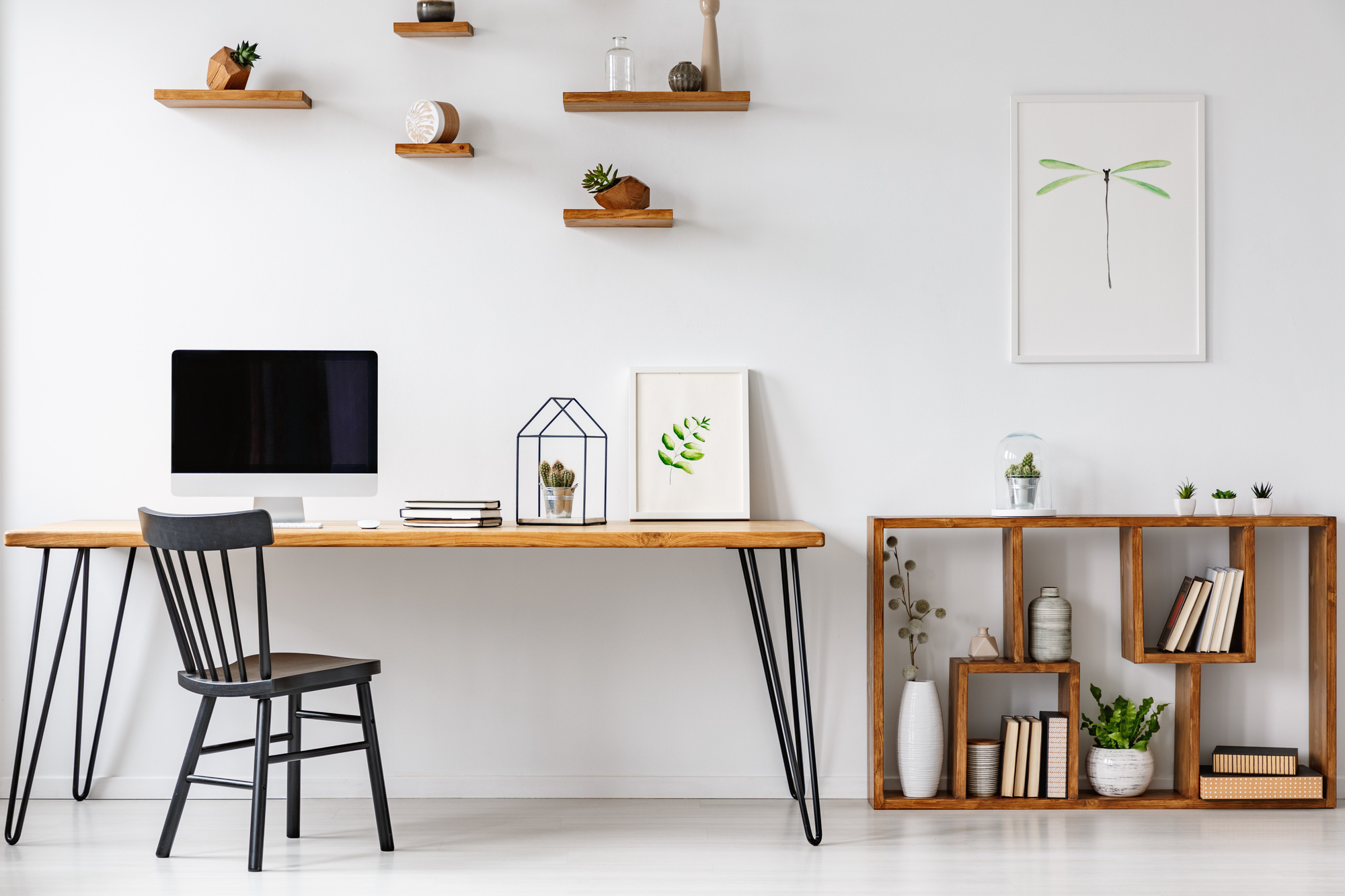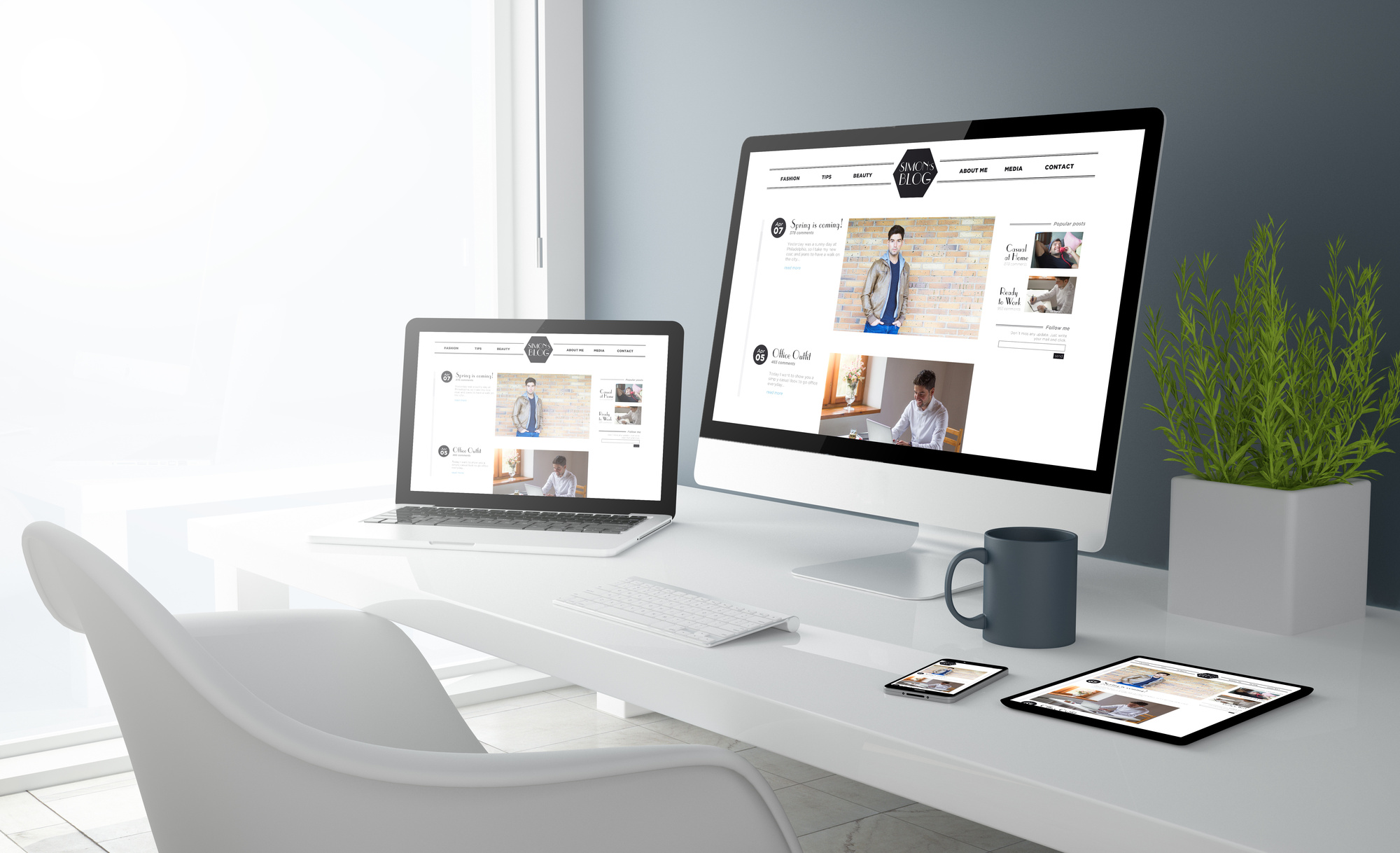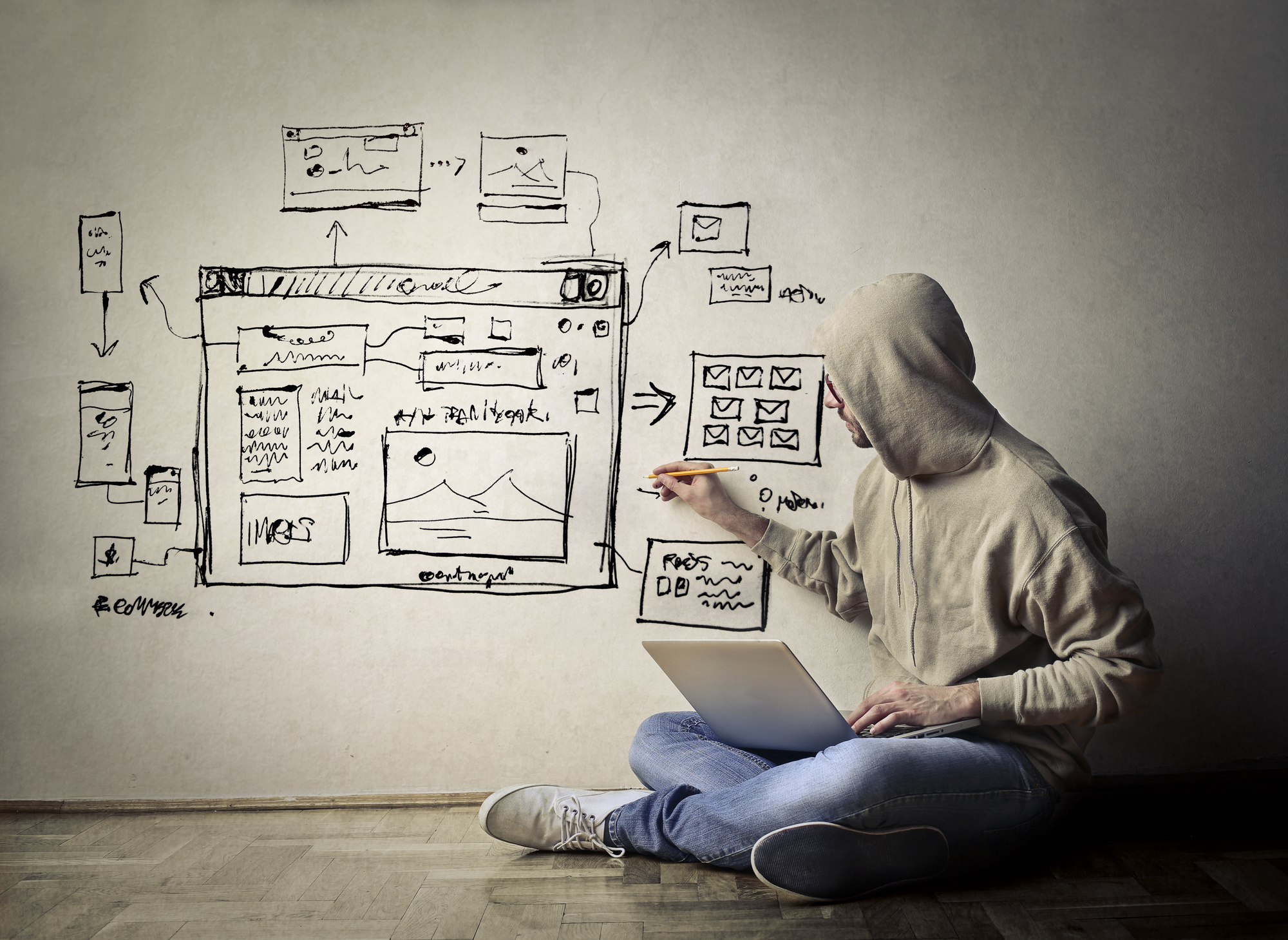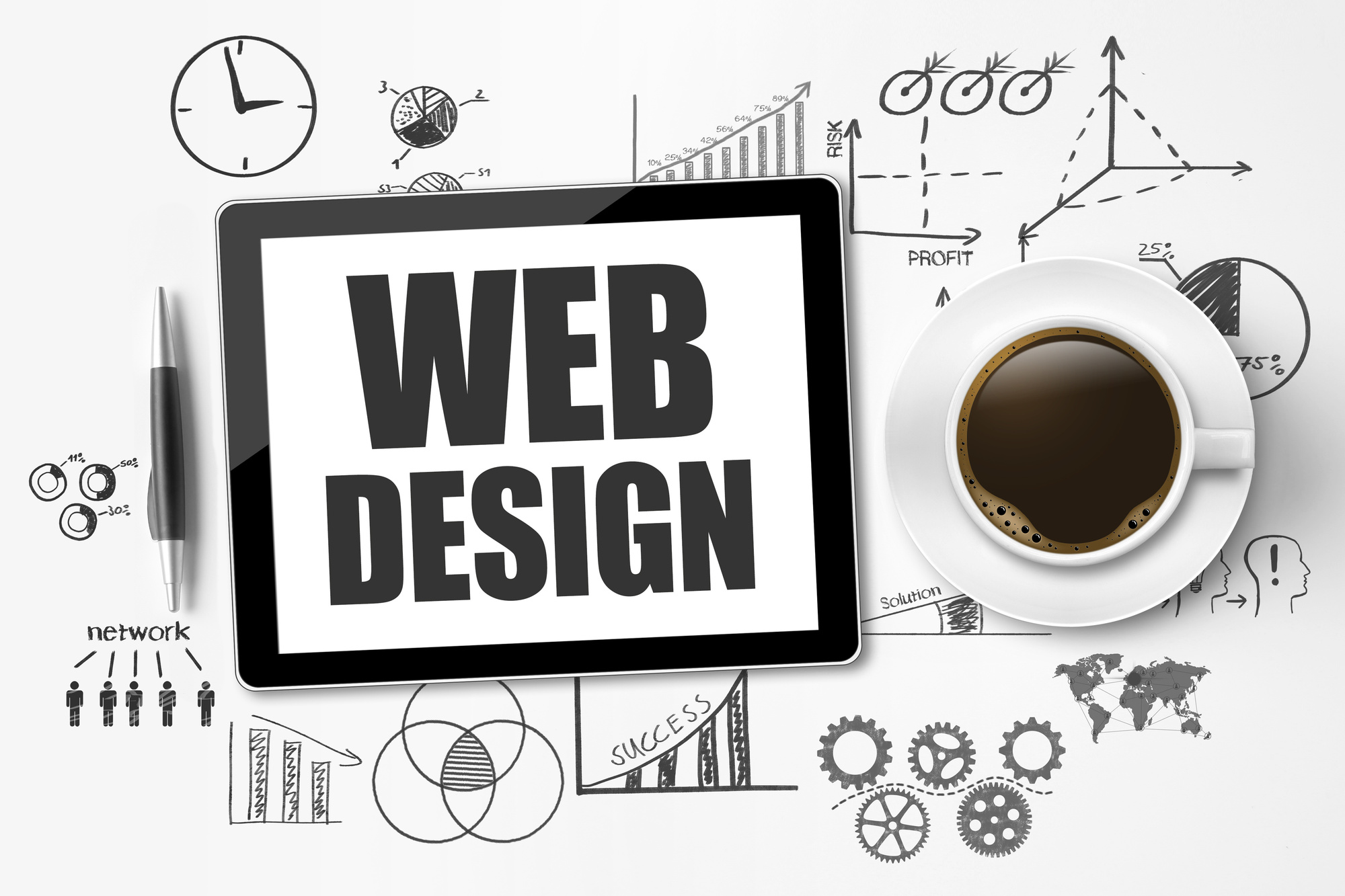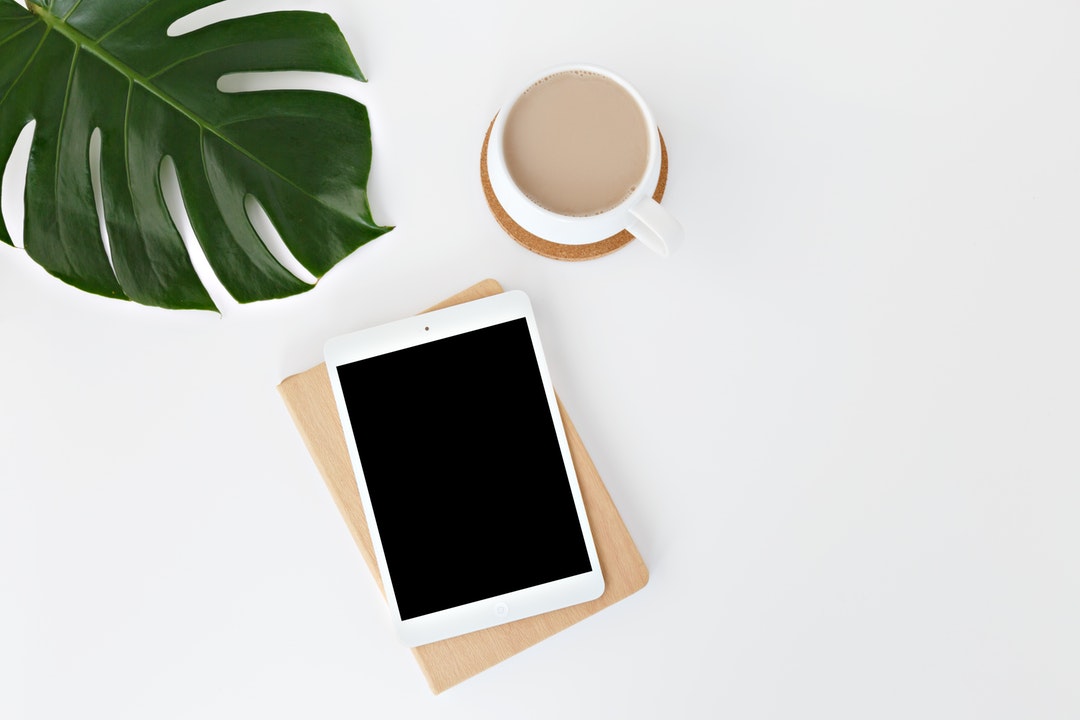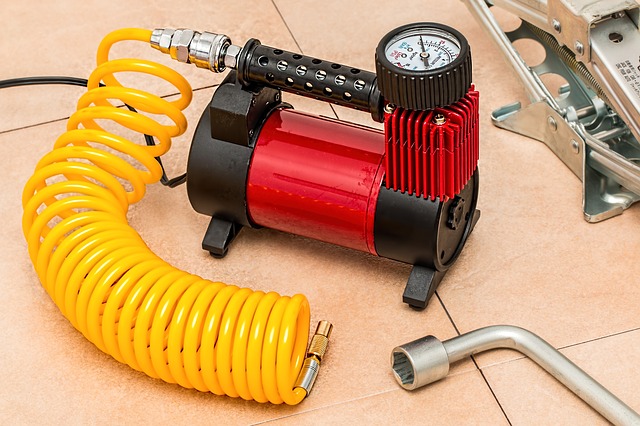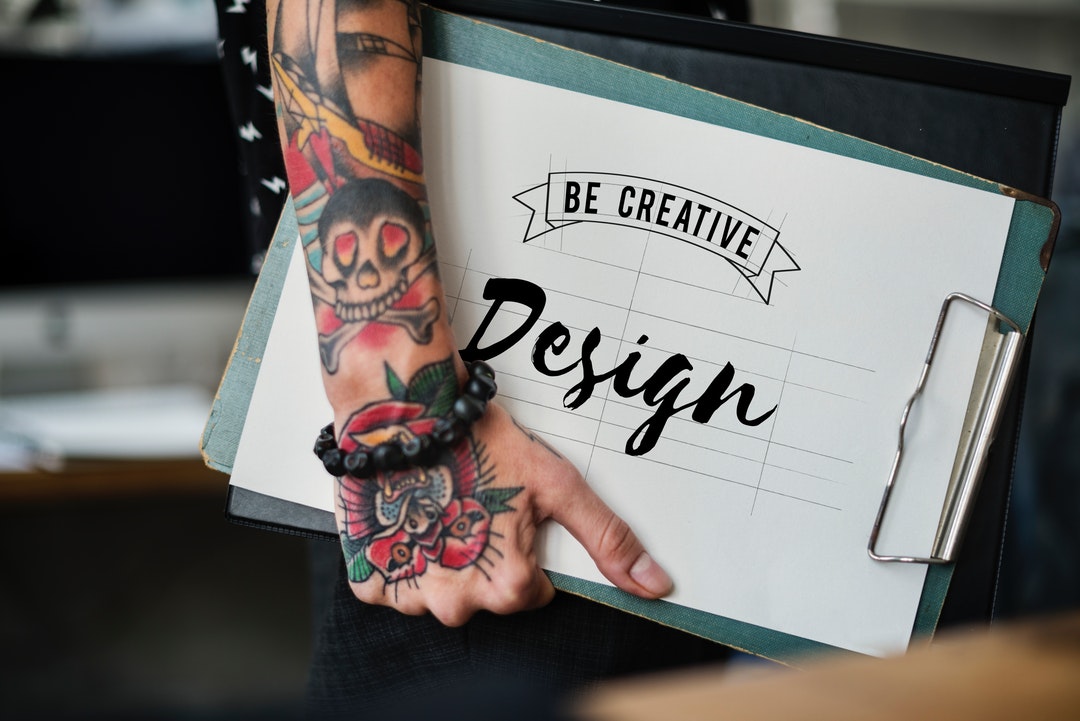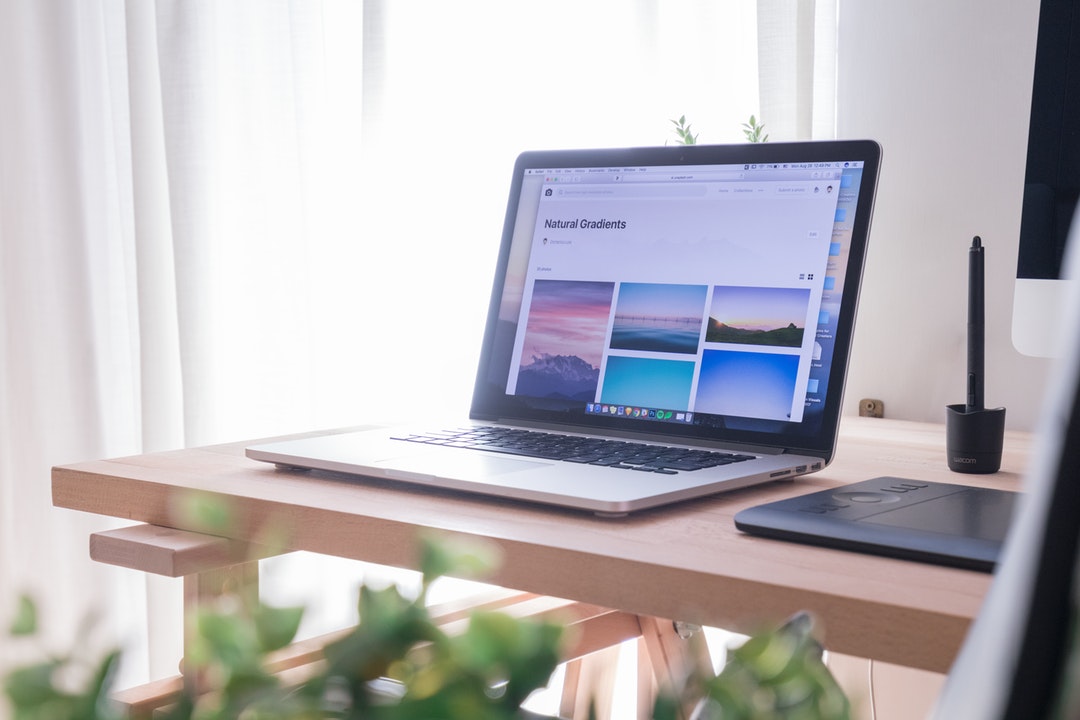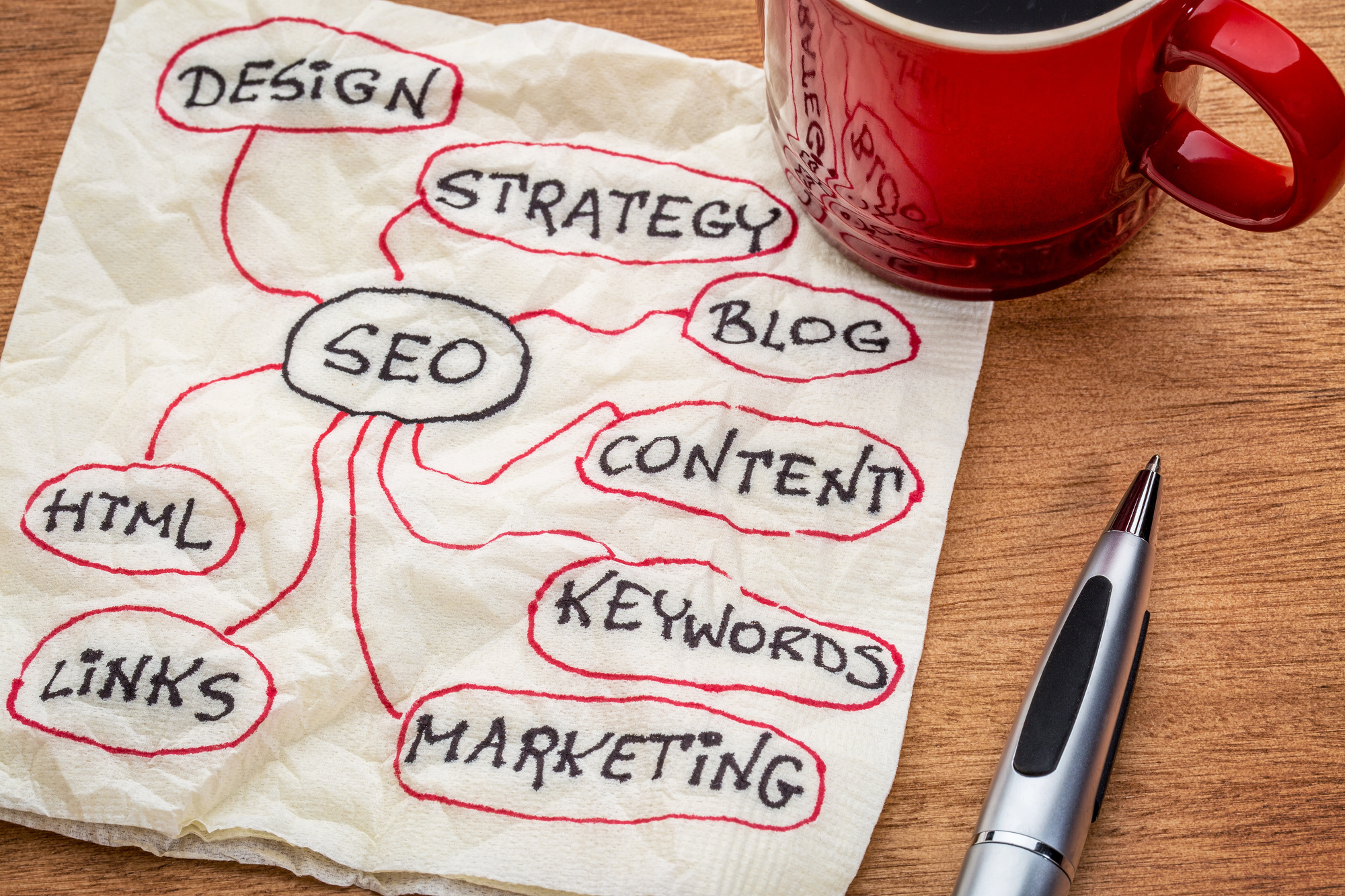Starting a successful blog from scratch is no easy task. But, blogging is a career path that is blowing up with many opportunities right now, and it just takes a bit of determination and hard work to get started!
You need to choose a niche and begin creating a content calendar to get your blog up and running. Not to mention, an amazing blog design. If this is the year you plan to transition from a 9-5 to the freelancing, creative lifestyle of a blogger, the right design can make or break how well everything comes together.
Here are 7 web design trends to consider using when setting up your blog.
1. Bold Colors
Close your eyes and think of the websites you visit every day. Which design elements come to mind first? Maybe it’s the icon that pops up to welcome you to a certain webpage, or the beautiful gradients used as the background of a blog.
Chances are, whatever you visualize right off the bat is something with bold colors. These are memorable, eye-catching aspects of blog design. The right colors can instantly get users’ attention and hook them to keep reading.
As you’re building your blog, play with sharp color contrasts. Try to find a unique way to pair certain colors together or to create an emphasis on one shade. Do this with the web design background as well as the navigation bar, headers, and of course, your logo.
2. Strong Typography
While sharp contrasts and bright, confident uses of color are interesting, they’re not always enough to hook an audience. Pair your creative tones and shades with the right typography.
There are 15 different basic type styles and each classification has a wide range of variations. You may choose to have a free-flowing font that seems handwritten or something more structured and simple.
Either way, try to choose two or three different fonts to use throughout the blog design. This gives you a set of options to play with as you start to type out each header, sub-header, and all the supporting copy of your new blog.
If you’ve never paid much attention to typography, take a look at what trending websites are doing. These are blogs, online shops, and private business websites that are taking a simple communication tool and making it an essential part of web design. The right typeface can change the entire look and feel of the website.
3. Compelling Visuals
Images and videos are other tools to spend a significant amount of time on. These add character to your blog.
A professional photo of you puts a face to the thoughts and experiences you plan to share with readers. Other pictures, GIFs, and videos of things you enjoy, places you’ve been, and even quotes that inspire you to start to build a relationship, too. Together, all your web design images and videos create a unique home for your blog.
These are what will keep users coming back and guide them to read more and continue clicking on various pages within your website. Not to mention, visual content helps make your blog easier to find in the first place!
Images and photos are crawled by search bots just as copywriting and URLs are. You can title and caption these visuals for even more search content. But, be sure everything loads fast and well – otherwise you risk hurting your search engine rankings.
4. Minimal Design
Slow visual load times can hurt search performance and turn away users. But, a design that looks busy or complicated will hurt the user experience. Minimal design is a rising trend in the blogging world. It’s making web design simpler and more straightforward.
Rather than using a bunch of bold colors or putting visuals all over the place, the minimal design aims to create a clean look. The goal is to make website navigation design, information displays, and opt-in forms easy to understand and natural to work.
Some key principles of minimal design include:
- Less content, more clarity
- Every detail has a purpose
- The fewer colors, the better
These are simple rules that can result in a classic, stunning design. A minimal approach makes the website as a whole look like a sophisticated, high-end blog.
5. White Space
If you’re interested in minimal design, you’re likely going to use a lot of white space. But, white space can be used to balance out bold colors and interesting fonts, too.
White space refers to the “unused”, blank areas of a blog’s design. If you’ve ever seen images for different posts have space between them, or small gaps between headers and subheaders, that’s white space.
White space creates a clean canvas for the rest of the content on your blog. It naturally makes each element stand out, giving users a chance to take everything in without feeling overwhelmed, or worse, bored.
6. Micro-Interactions
Another way to enhance the user experience on your blog is to incorporate micro-interactions. These are movements and commands that feel natural to users.
For instance, the double-tap on Instagram to give a “like” is a micro-interaction. The way you scroll up to access Messanger’s keyboard is a micro-interaction, too. These are mostly for touch screens on tablets and smartphones, although there are some micro interactions you can work on a desktop.
Still, the point is to make the user not do any more work than they have to. In fact, it’s about making navigation and commands feel like less work. As users swipe, scroll, tap, and do other hand motions, the blog design should be adapting and responding to such motions.
7. Mobile Responsiveness
Last but not least, make your blog design responsive.
A responsive web design is one that adapts to fit a device’s screen. It automatically loads to fit a large desktop, a standard tablet, or a small smartphone. This makes the user experience seamless across all the tools a person may use to visit your website.
Plus, responsive design boosts your search performance. This alone is not enough to transform your rankings, but it does play a significant role in the overall success of your search strategy.
Create Your Own Stunning Blog Design
Succeeding as a blogger takes a lot of time, creativity, and dedication to your craft. It’s also about more than just writing; blogging requires an eye for blog design, a certain discipline to be your own boss, and the drive to keep going no matter what.
Still, while there are certain skills you can continue developing and resources that may help you further expand a blogging business, it all begins with the right design. Keep checking back in with us for more insights and resources to create the best design possible!

